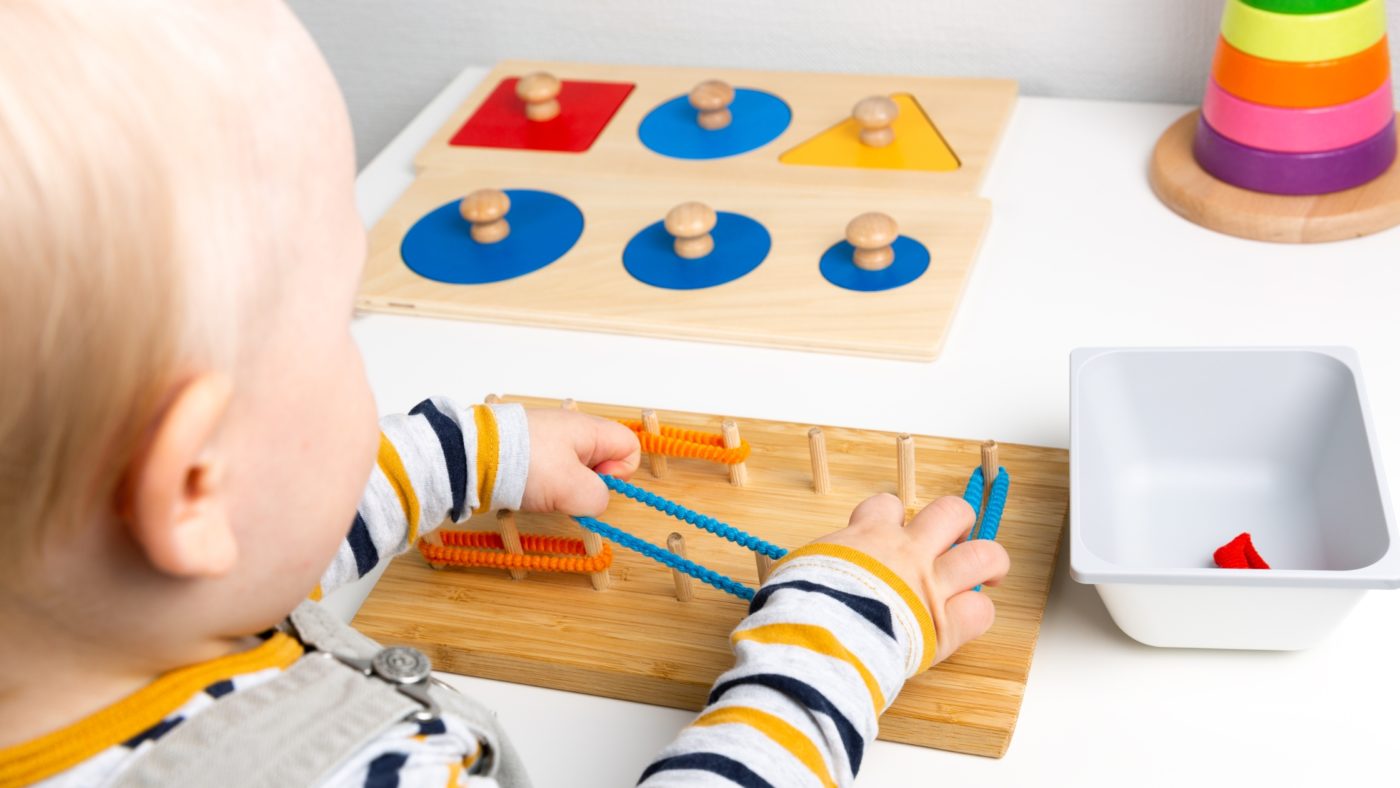
The Montessori approach to creating a minimal and clutter-free environment for your baby
The Montessori method emphasizes the importance of a calm and organized environment for children to thrive and develop. This philosophy is based on the belief that children learn best when they are given the freedom to explore and discover their surroundings in a safe and uncluttered space. By creating a minimal and clutter-free environment for your baby, you can promote their physical and cognitive development while fostering a sense of calm and orderliness in your home.
Here are some Montessori-inspired tips on how to create a minimal and clutter-free environment for your baby
Simplify your baby’s toys and materials
Rather than overwhelming your baby with a large collection of toys and materials, choose a few high-quality and developmentally appropriate items that will engage your baby’s senses and promote their learning and exploration. For example, a few simple wooden blocks, a set of stacking cups, or a soft sensory ball can provide hours of play and learning opportunities.
Provide open-ended play spaces
Open-ended play spaces allow your baby to explore and create without the limitations of pre-designed toys or materials. For example, a soft mat or rug in a designated play area can encourage your baby to crawl, roll, and explore their environment while providing a comfortable and safe space.
Incorporate natural materials
Montessori-inspired environments often incorporate natural materials such as wood, cotton, and wool, which provide a tactile and sensory experience for your baby. Choose organic cotton bedding and clothing, wooden toys, and natural fiber rugs and play mats to create a warm and inviting space for your baby.
Organize your space
A well-organized space can promote a sense of calm and orderliness, which is essential for your baby’s development. Invest in storage solutions such as baskets, bins, and shelves to keep your baby’s toys and materials organized and easily accessible.
Limit distractions
Minimize visual and auditory distractions in your baby’s environment to promote a sense of calm and focus. For example, choose neutral colors for walls and furniture, and avoid bright and noisy toys and materials that may overwhelm your baby’s senses.
Creating a minimal and clutter-free environment for your baby may require some effort and adjustment, but it can have a profound impact on their physical, cognitive, and emotional development. By providing a calm and organized space for your baby to learn and grow, you can help them develop a love of learning and exploration that will last a lifetime.



